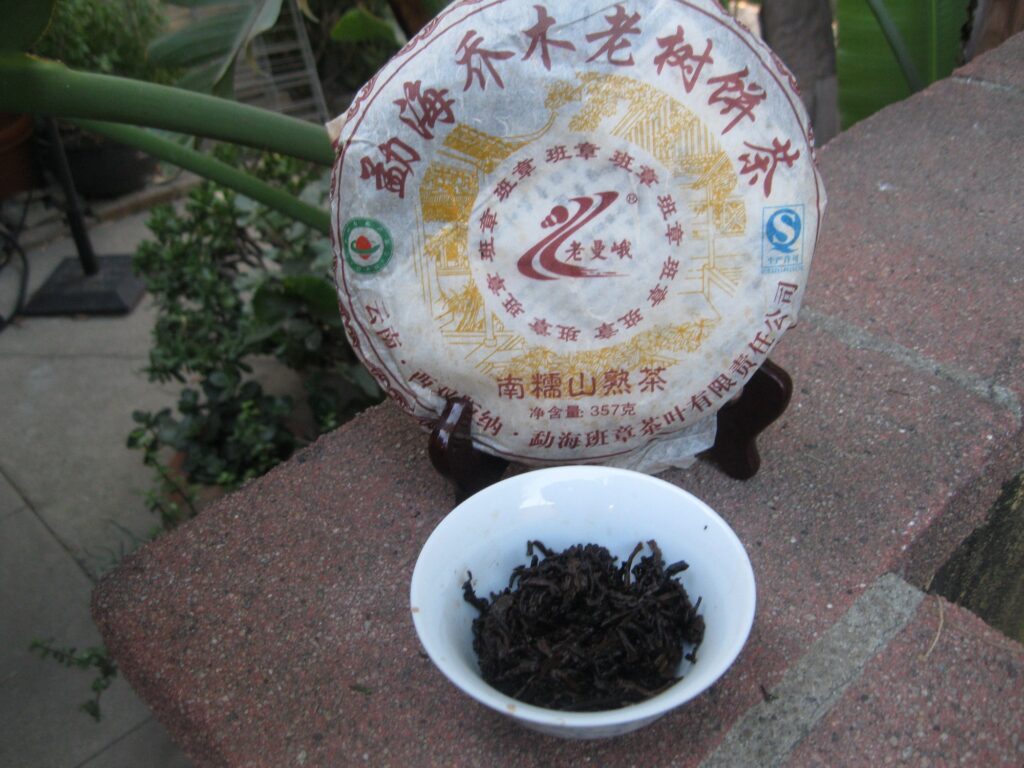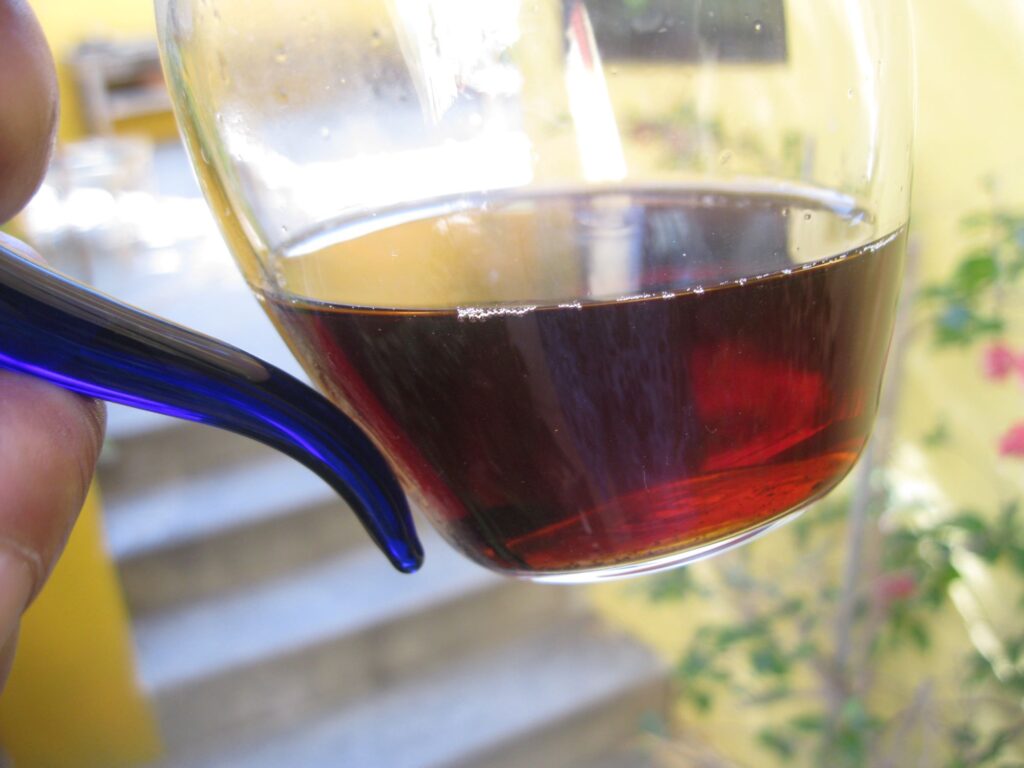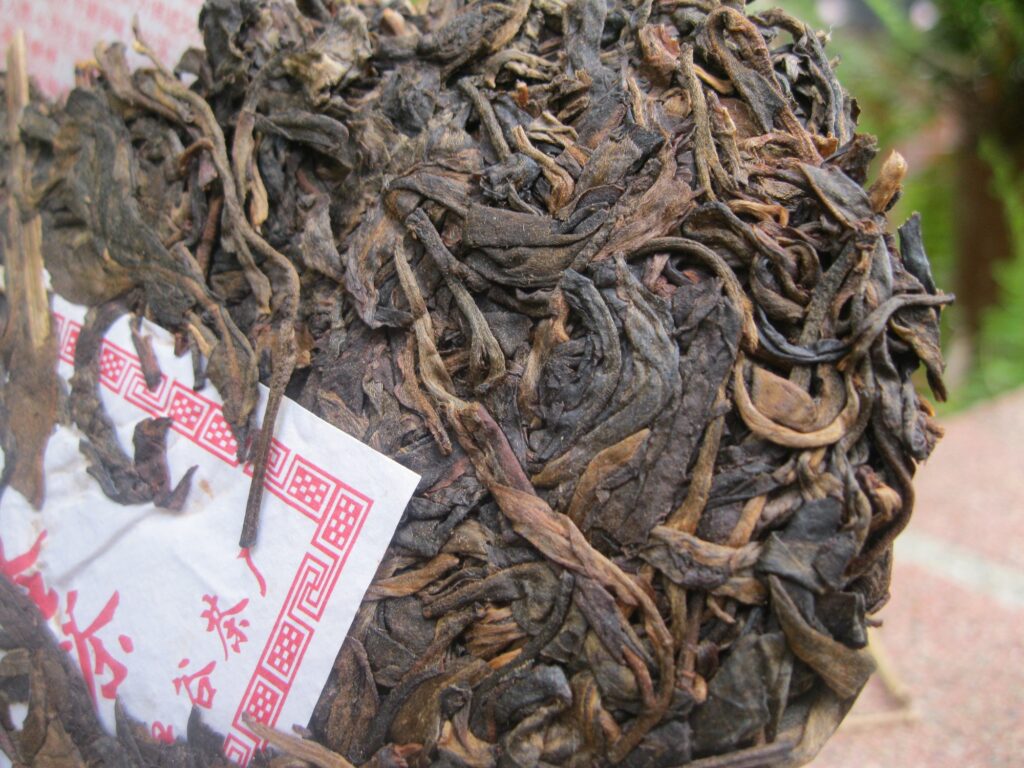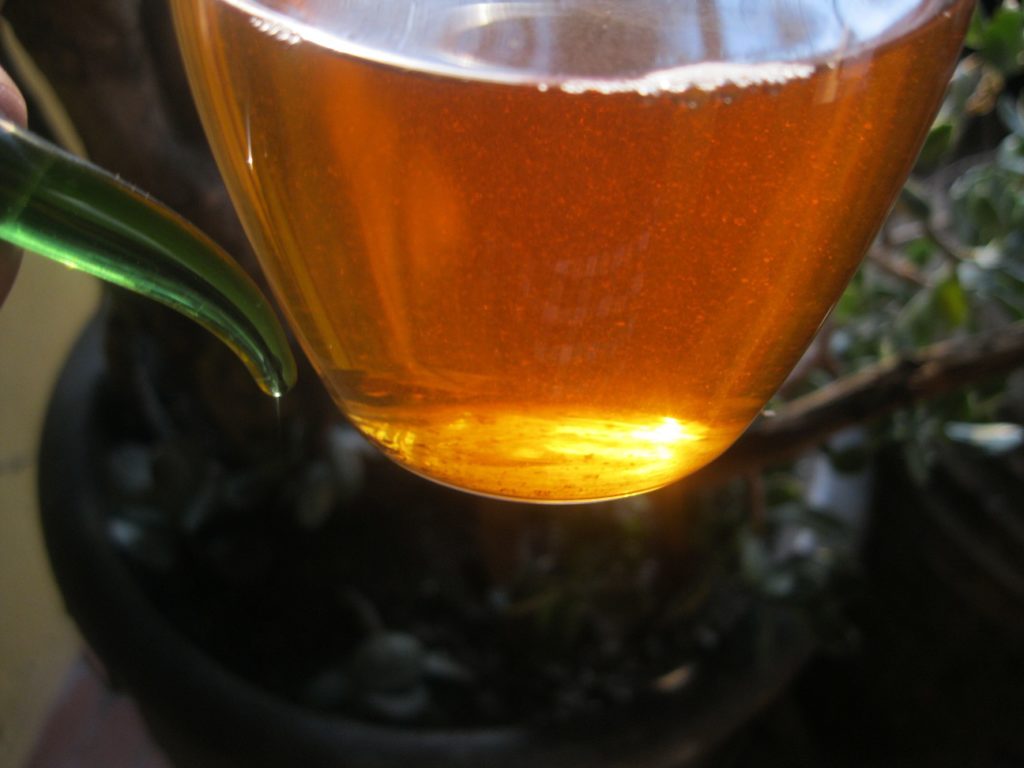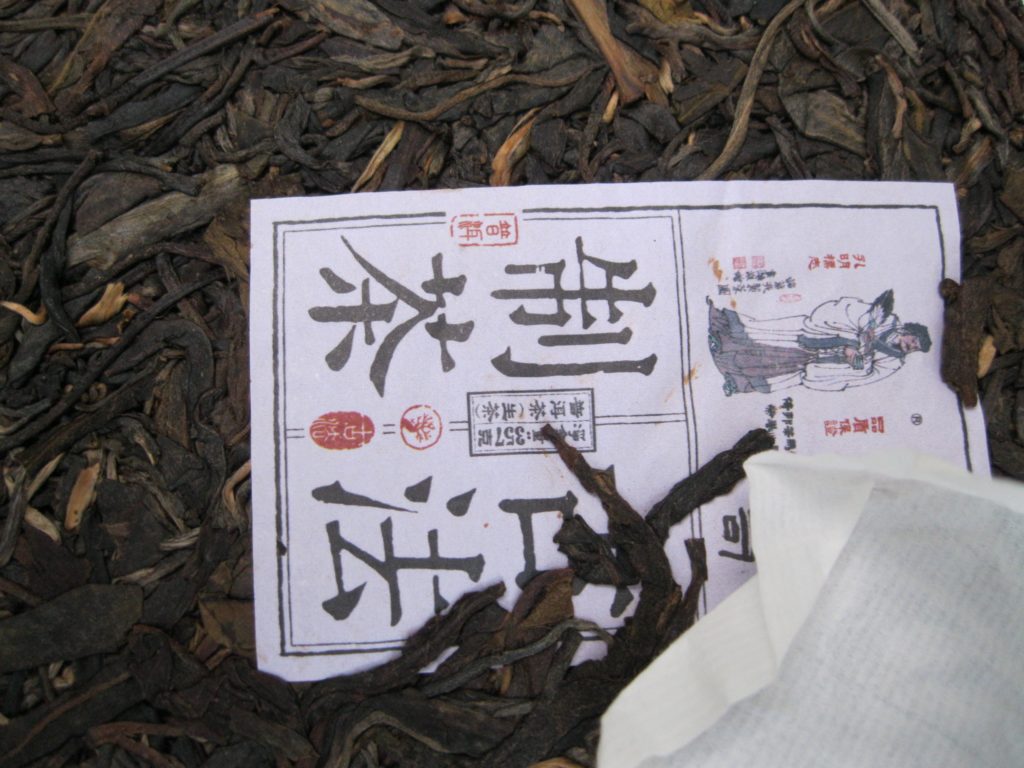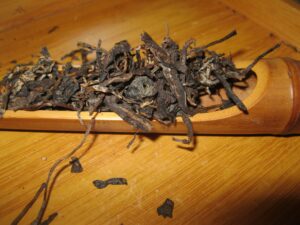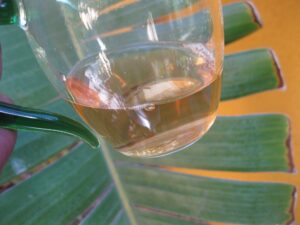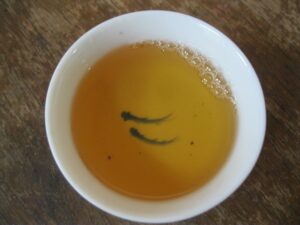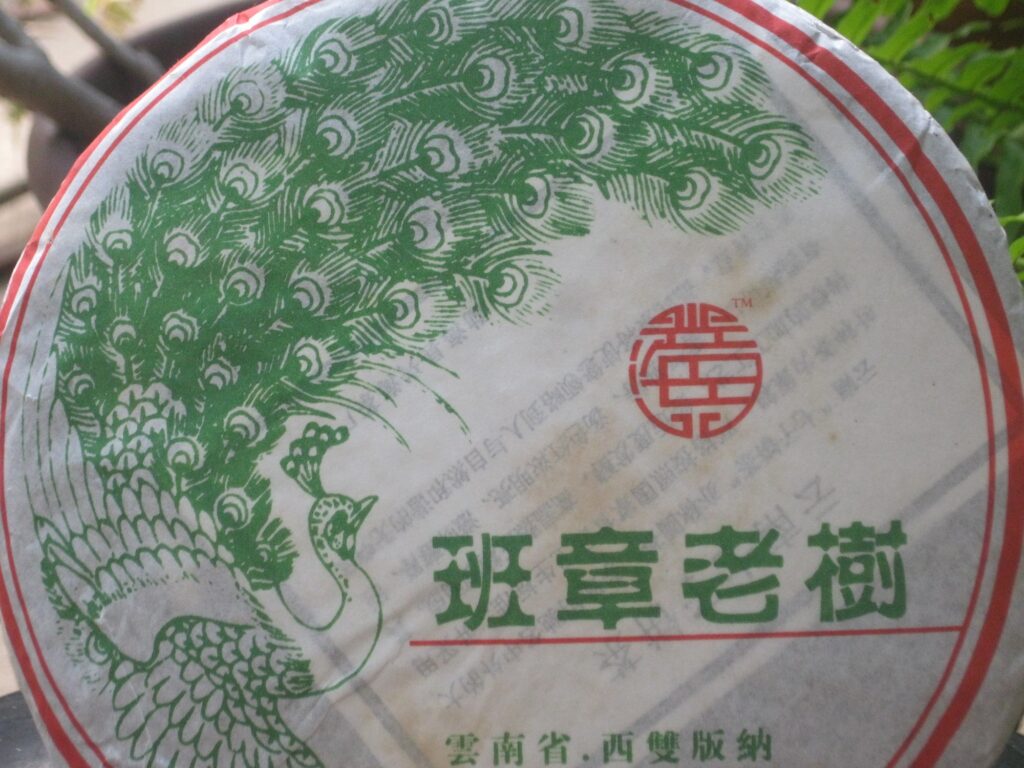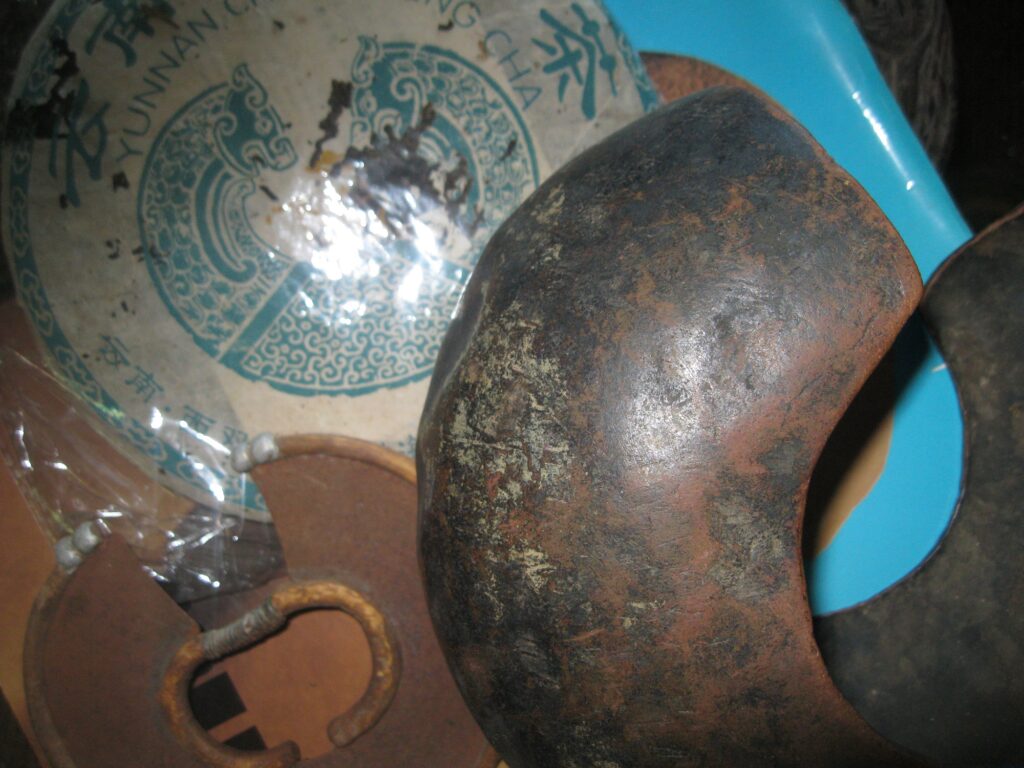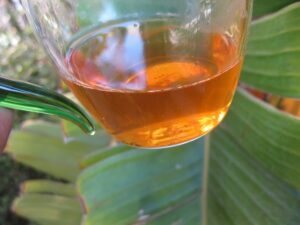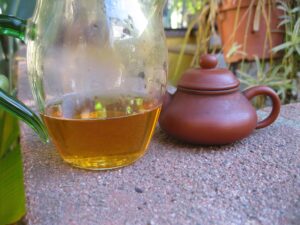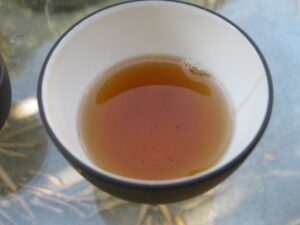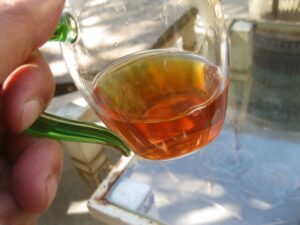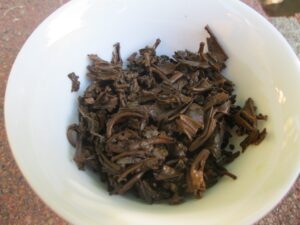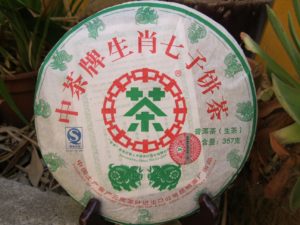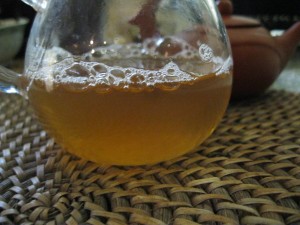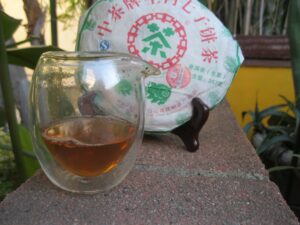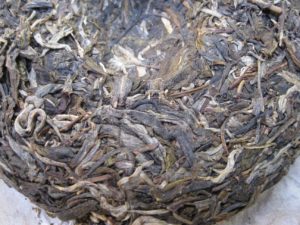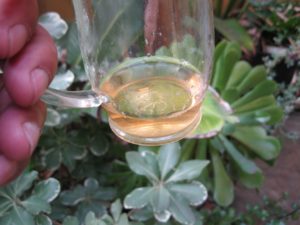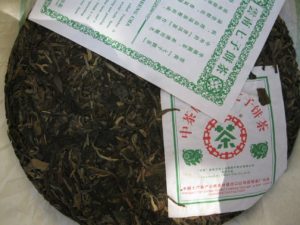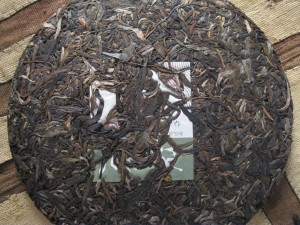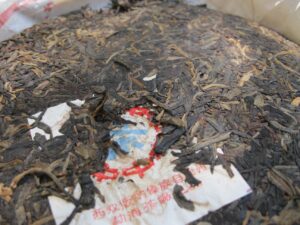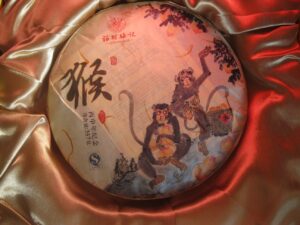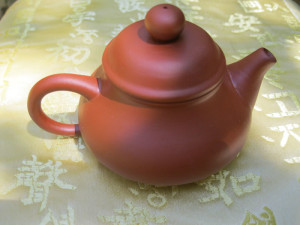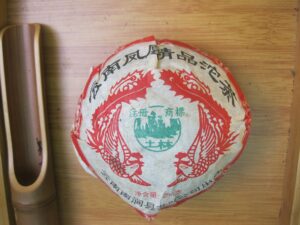Spring Ripe Puerh Taste Off II
Spring Ripe Puerh Taste Off II has our contenders standing in the circle ready to strut their stuff. If you missed Day 1. Two formidable stables are making their appearance today, Xinghai and LME, with two Xinghai contestants performing. Banners high and the crowd ready, let’s join the action.
Ripe Taste-Off Day 2
- ’06 Nannuo, LME
Sweet, milk chocolate smoothness, slick, slight bitterness. Outstanding clarity. - ’07 Merlot, Xinghai
Blackberry and raspberry, strong bitterness, moderate sweetness. - ’08 Wuliang Longevity, Haixintang
Roasty fruity, scorched, extremely sweet-slick finish, little stamina. - ’07 Silver Peacock, Xinghai
Petrichor, camphor, exquisite aroma, “turns over”, evocative of Drury Lane, little stamina.
Judges were stuck with settling upon purely preferential bases in deciding upon a winner. In the end, Silver Peacock won the day by virtue of its “turning over,” a unconventional descriptor deserving some explanation. A light production of this sort typically has a one-dimensional character unlikely to evolve in the mouth, but Silver Peacock has extraordinary depth despite its limitations in stamina. The Nannuo ranked second and with a bit of storage intensity may express more than than a milk-chocolate density. Its lack of astringency or bitterness may leave some drinkers with the impression of flatness rather than silky smoothness. This leaves the two fruity contenders, which form an interesting contrast. Merlot is starting to express it Bulang/BZ origins through an unapologetic bitterness, while Wulliang Longevity compliments the fruit with roast. The choice between the two for Puerh Junky is easily Merlot, but the intensity and sweetness found one drinker taken with WL. The WL in this drinker’s opinion, however, is highly flawed by a scorched taste that shouldn’t be confused with actual roasting but excessive wet-piling, an index of less than adroit processing technique. For a production this age, such expression (not wodui aroma itself) is inexcusable.

